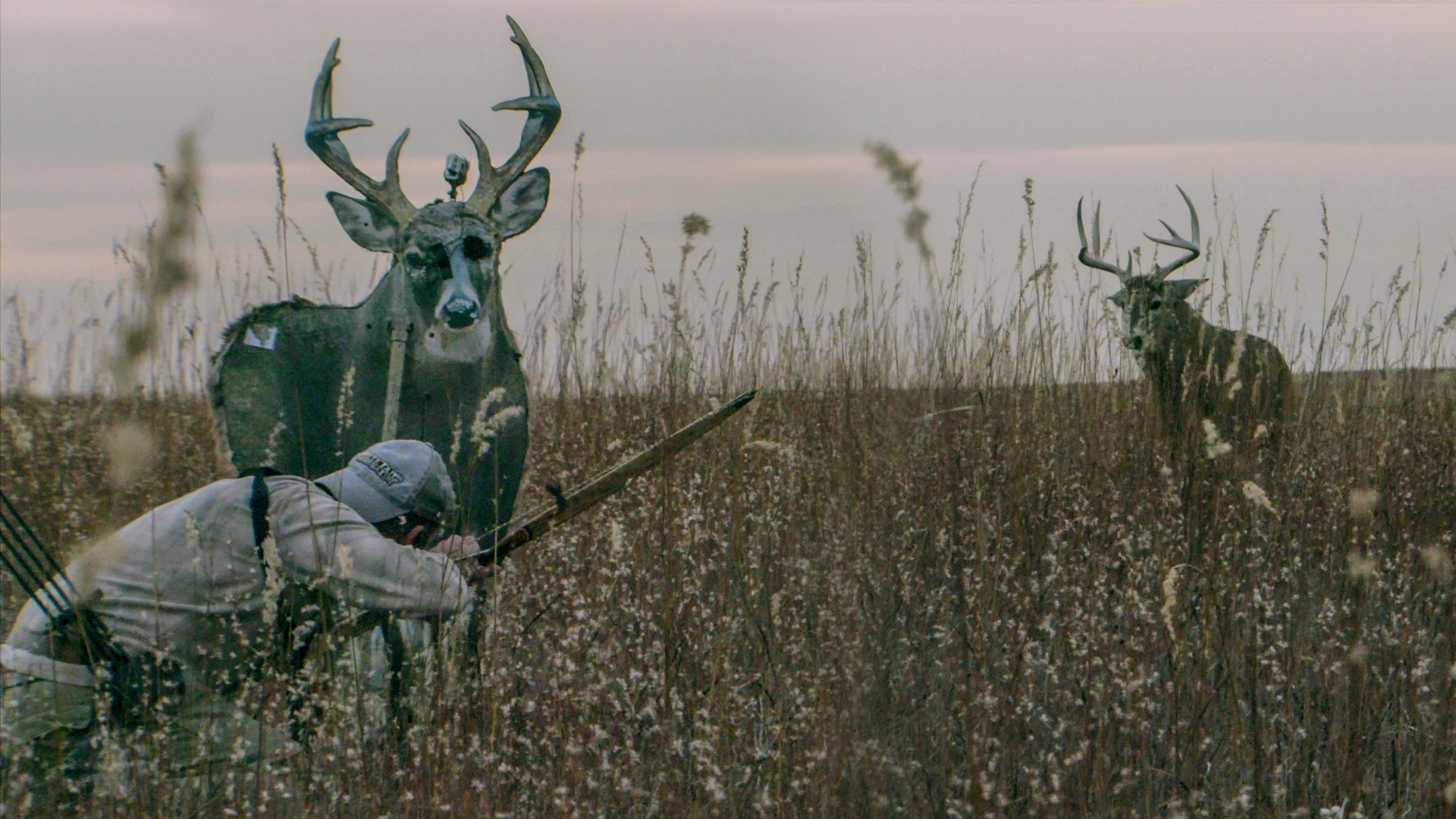JARED SCHEFFLER’S ideal archery shot on a whitetail buck is either quartering to or facing head-on.
He hunts exclusively from the ground. Scheffler shoots a longbow, and he uses heavy arrows that are tipped with stout cut-on-contact broadheads. He wants his shots to be so close that they’re measured in paces.
Because of his setup and his style of hunting, Scheffler argues the forward-facing shot is even better than a broadside shot. He has no problem punching his arrow through a big buck’s front leg bone. If a deer ducks the string (as mature bucks so commonly do), a head-on shot is still likely to hit vitals. If a deer ducks on a broadside shot, he’ll likely hit no man’s land. Plus, when Scheffler stalks into close range on a mature buck, the deer almost always turns to face him when he draws. So that’s the shot he’s often presented with.
“From the ground, with the right arrow setup, a head-on shot is the deadliest, quickest killing shot I’ve ever seen,” he says. “Since we started killing them like that, we’ve never lost one with that shot angle.”
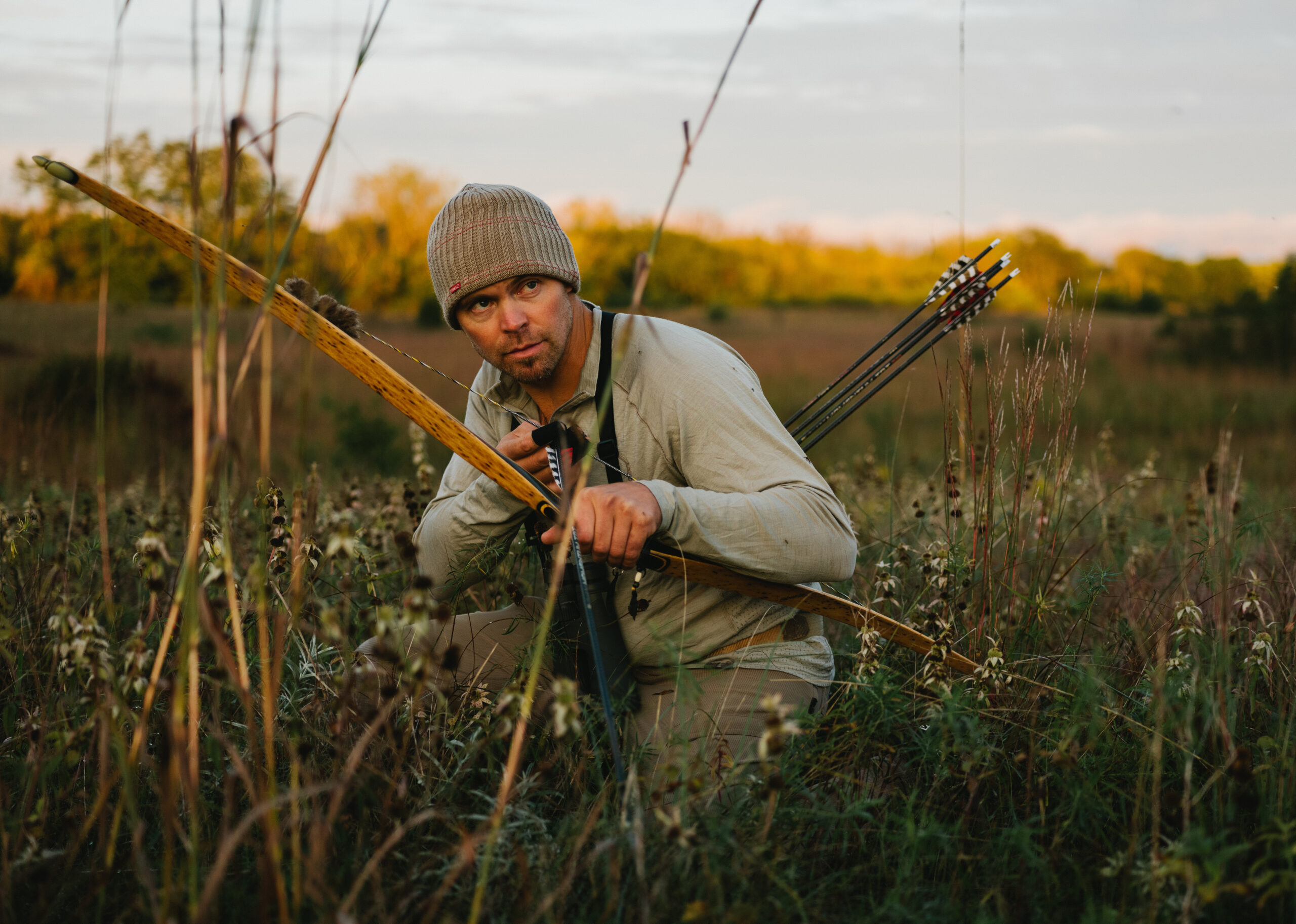
Scheffler, 36, takes about an hour to explain all this to me while we’re standing in the living room of his home in western Wisconsin. He’s pointing out shot placement on a full-body mount of a 198-inch buck that he killed from the ground in Kansas. It’s a deer that helped make Scheffler and his Whitetail Adrenaline video series famous in the deer-hunting world. I can almost hear bowhunter education instructors across the country grinding their teeth as Scheffler talks. His philosophy goes against one of the hard-and-fast rules of bowhunting for deer: Take broadside or slightly quartering-away shots only.
Radical territory is familiar to Scheffler, who has found himself on the fringes of popular deer-hunting tactics—until now. Through 15 seasons of Whitetail Adrenaline, Scheffler and his crew of hunting buddies have shown what it looks like when regular guys set out to hunt mature bucks from the ground, almost always on public land, and often in the open country of Plains states like Kansas, Nebraska, and the Dakotas.
When Whitetail Adrenaline got its start, much of the hunting media was focused on managing trophy-class whitetails on private land. Scheffler and his crew went in the opposite direction, focusing on covering miles and miles of public land until they spotted a decent buck. Then they’d try to stalk into bow range.
Now it seems as if almost everyone is talking about hunting mature bucks from the ground. Previously, hunting public-land whitetails was looked upon with a certain amount of pity (those sorry bastards have nowhere else to hunt), but now hunting on public land is done with pride, sometimes even a little pretentiousness. Not to mention there’s arguably more interest these days in spot-and-stalk hunting and hunting with traditional archery equipment, and less interest in scoring the racks of those private-land giants. Whitetail Adrenaline is having its moment.
But the popularity of these tactics means that more hunters are going to want to try them, which translates to more hunting pressure in many public-land hotspots. And that’s something all deer hunters will have to contend with—including Scheffler.
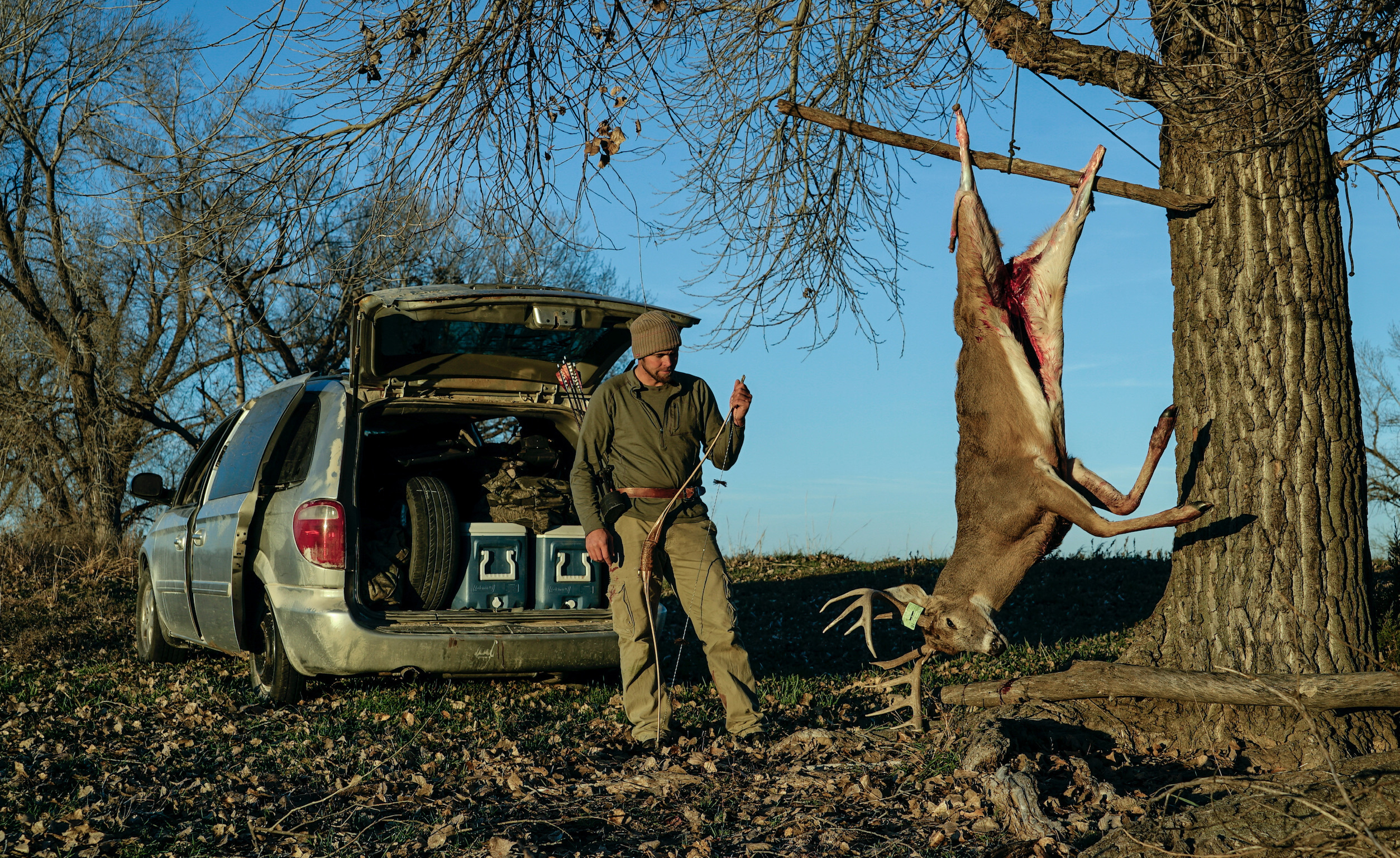
‘Real as We Could Film It’
The very best parts of Whitetail Adrenaline are like the deer-hunting version of Free Solo, that climbing documentary featuring Alex Honnold attempting to become the first person to scale El Capitan without a rope. With even the slightest mistake, you know the climber will fall to his death. This makes for a thrilling, even uncomfortable, viewing experience. Before you know it, your hands are sweating.
If you’re a deer hunter, you’ll feel the same way watching Scheffler crawl through knee-high grass toward a giant whitetail buck. Even the slightest misstep will lead to tragedy. Plus, the footage is beautifully gritty. (They use the same videographers who shoot for hunting celebrities like Donnie Vincent and Jim Shockey.) But the tactics are the wildest part.
Scheffler’s general strategy is to drive around areas with plenty of accessible land. He’ll keep covering miles until he spots a buck he wants to target. If the buck isn’t in a good position for a stalk, he’ll watch it for hours, or even days. But if the buck is in a good position, he’ll make his move immediately, parking where the deer can’t see or hear him, moving quickly when there’s good cover and moving painfully slowly when there’s minimal cover. He tries to approach the deer straight on so it can’t catch his side profile.
“Watch a mountain lion stalk game,” Scheffler says. “They always go straight on. They’re never caught sideways. They move really fast when they’re hidden and then so slow you can barely see it when they’re close.”
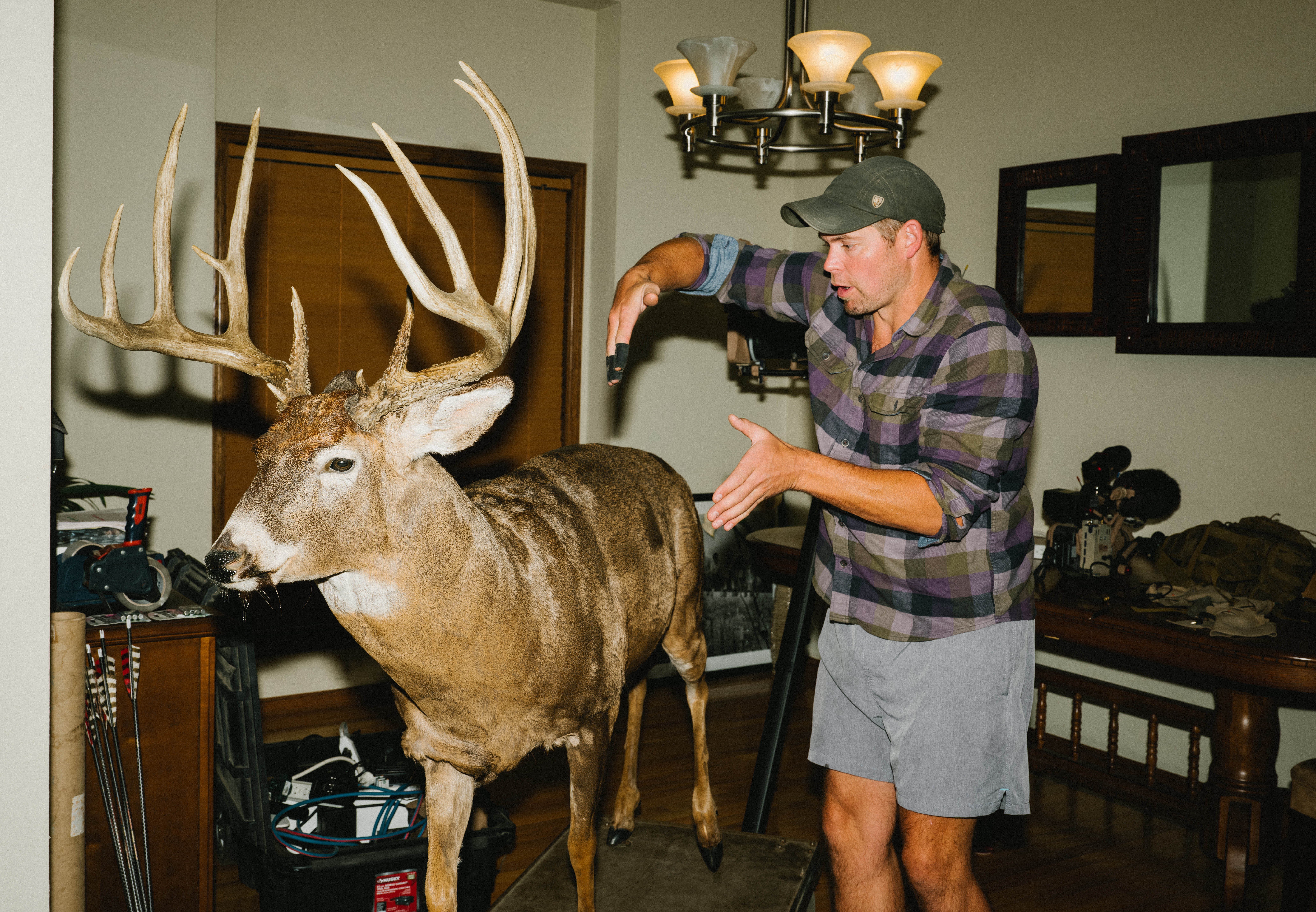
While he’s telling me this, Scheffler is crouched in a stalking position and sneaking toward me from across his basement like I’m an unsuspecting mule deer fawn.
Scheffler’s intensity, plus the relatability of his crew, makes for good content. And now their videos will be available to a digital audience on iTunes. The initial Whitetail Adrenaline shows, however, looked a lot like the homemade hunting videos you might have tried to make as a kid.
The message printed on the back of the group’s first DVD reads: “All footage filmed as close to real life as possible. Some footage may seem harsh. It was not our intent. We would like to harvest all animals cleanly and efficiently. We show our mistakes and believe that failure is part of the process that leads to success in anything in life.”
In other words? We’re going to show some misses and bad hits (along with all the good stuff) because that’s part of hunting. They sold 2,500 copies that first year.
“I’ve probably missed more deer on camera than anyone,” Scheffler says. “It’s not because I’m not a good shot. It’s just because I show all of them.”
This genuine, unpolished approach to deer-hunting content comes from the way Scheffler grew up hunting on a family farm in western Wisconsin.
“My dad is in his 60s, and I don’t think I ever saw him sit in a treestand,” Scheffler says. “We just hunted whenever the chores were done. When I started bowhunting, he always tried to put me up in a treestand. But most of the time I would just climb a tree and stand on a limb. The first deer I killed with my bow, I was standing with my two feet jammed in the crotch of a tree.”
As Scheffler got older, he became obsessed with deer hunting and the standard big-buck game. He started hunting out of treestands more often. He became fanatical about scent control. He got permission to hunt some private ground in Buffalo County, a legendary big-deer area in western Wisconsin, and committed himself to targeting the biggest bucks on the place. He was experimenting with filming his hunts.
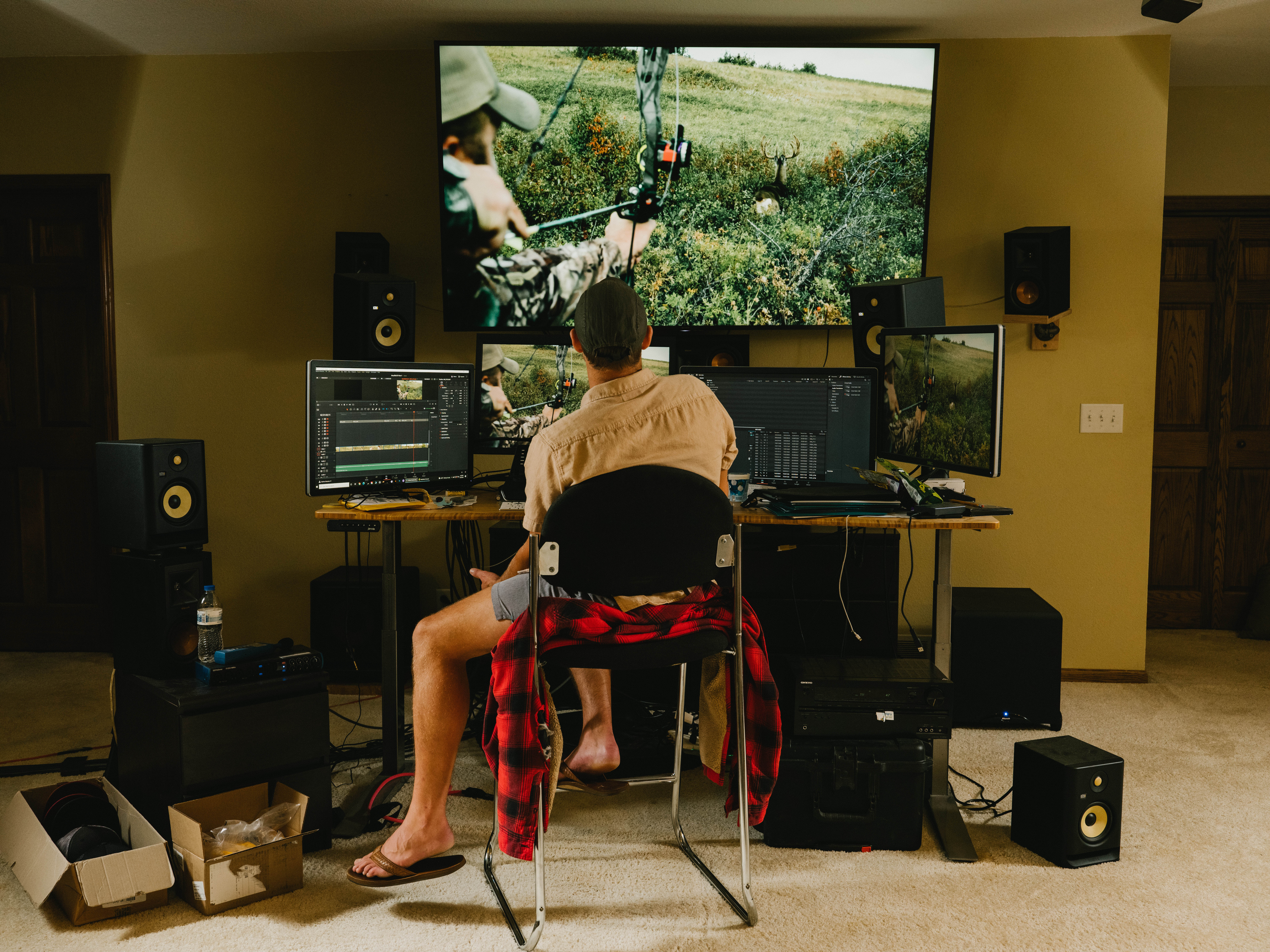
But even though Scheffler was hunting hard and killing mature deer, he was having less fun each season.
“I just felt trapped on private land,” Scheffler says. “I knew every deer that was out there.”
Then one day Scheffler was driving out to go deer hunting and his car broke down. With transmission fluid sprayed all over his boots, he thought, Screw it, I’ll go hunting and fix the car later. On the walk in, he spotted a nice buck moving along the edge of a creek bed. Scheffler figured that if he hustled, he could cut the deer off. And sure enough, he was able to duck out of sight, sprint ahead of the buck, and shoot him at close range with his bow—from the ground.
“I was like, Whoa, that was fun. It was actually the smallest buck I’d ever killed on that farm, but I didn’t care. It reminded me of hunting when I was a kid.”
That encounter, plus some out-of-state trips hunting on public land, reinvigorated Scheffler. He and his cousin Jim Scheffler decided to film their next deer season. They would film their friends and family and focus entirely on DIY deer hunting. They released their first DVD in 2007, when Scheffler was 22.
As Scheffler and his crew filmed more seasons, he noticed that they were getting more encounters and more footage during their ground hunts, even though they were burning most of their time in treestands. So in 2010 they decided to do all their hunting from the ground, and they had their most successful season yet.
Ramping Up the Pressure
Scheffler and his crew didn’t invent bowhunting whitetails from the ground. Rewind to Fred Bear, Saxton Pope, and the countless Indigenous hunters who thrived in whitetail country long before European hunters set foot on the continent. But they’ve definitely helped popularize it.
“I can’t think of anyone prior to them [in modern times] that really prioritized that style of hunting and demonstrated that it can work,” says Mark Kenyon, who hosts the Wired to Hunt podcast and creates deer-hunting content for MeatEater. Kenyon is a relatively new star in deer-hunting media, and much of his content comes from DIY public-land hunting.
He says that when he first saw Whitetail Adrenaline, “I was probably 21 or 22, and the only things that seemed possible at that point in my life were all the things that pros told you. Pretty much all you were seeing was sitting in a treestand or sitting in a box blind,” Kenyon says. “You saw [Whitetail Adrenaline hunting on the ground] and at first you thought, These guys are nuts. They’re funny, they’re crazy, but there’s no way it’s going to work. Then you watch enough episodes and realize that they’re not hunting on the ground just because Jared can’t handle sitting in a tree. They’re doing it because it works—well. What they did is inspire confidence in a lot of people that this kind of hunting is fun and actually very effective. It gave people permission to experiment. Hunting from the ground went from something you had to do because you couldn’t afford a treestand to something you wanted to do because it worked.”
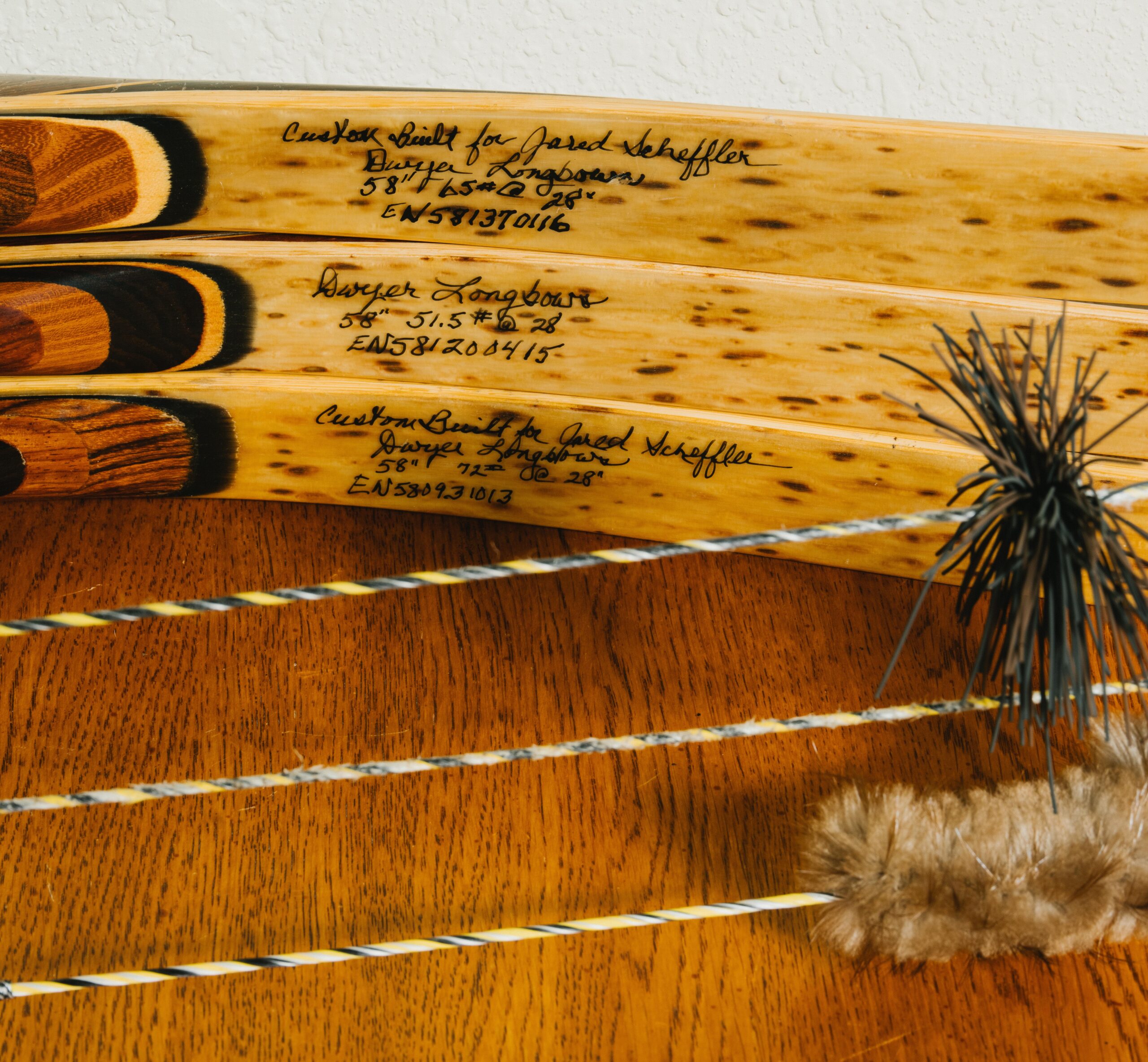
The Hunting Public is the most popular media crew promoting aggressive whitetail hunting tactics on public lands. Every fall it burns through a variety of states showing its success (and plenty of failure) along the way. Where Whitetail Adrenaline is reserved for the folks willing to pay for it, The Hunting Public is free to anyone with internet access. It has 404,000 YouTube subscribers, and its top videos earn between 500,000 and 1 million views.
As The Hunting Public sees more success, they’ve had to talk more and more about not burning spots or putting too much pressure on specific public lands, says Aaron Warbritton, one of the show’s founders.
“To be honest, we talked about this when we first started THP. If this gets really popular someday, it’s going to increase interest [in hunting] on public land, and what are we going to do then?” Warbritton says. “My concern now is that at some point we as a hunting community have to address the access problem.… I feel like we’re getting a lot of people fired up to go deer hunting, and a lot of them are going to public land because they see us do it, or it’s their only option.”
Scheffler, Kenyon, and Warbritton all avoid mentioning specific hunting areas or counties or showing landmarks. But even so, they’re all noticing more deer hunters trying a variety of tactics on public ground. In other words, people are hunting the way they do. There’s plenty to like about that, but there are some downsides too.
“I just don’t want [public land hunting] to turn into a sort of ‘I’m better than you because I killed mine on public’ measuring contest,” Scheffler says. “Yeah, we stamp ‘All public land’ on the cover of our videos, but we don’t make a big deal about it in the videos themselves.”
Take the popularity of hunting public land and add the bump in hunting participation during the coronavirus pandemic, and you get crowding in much of deer country.
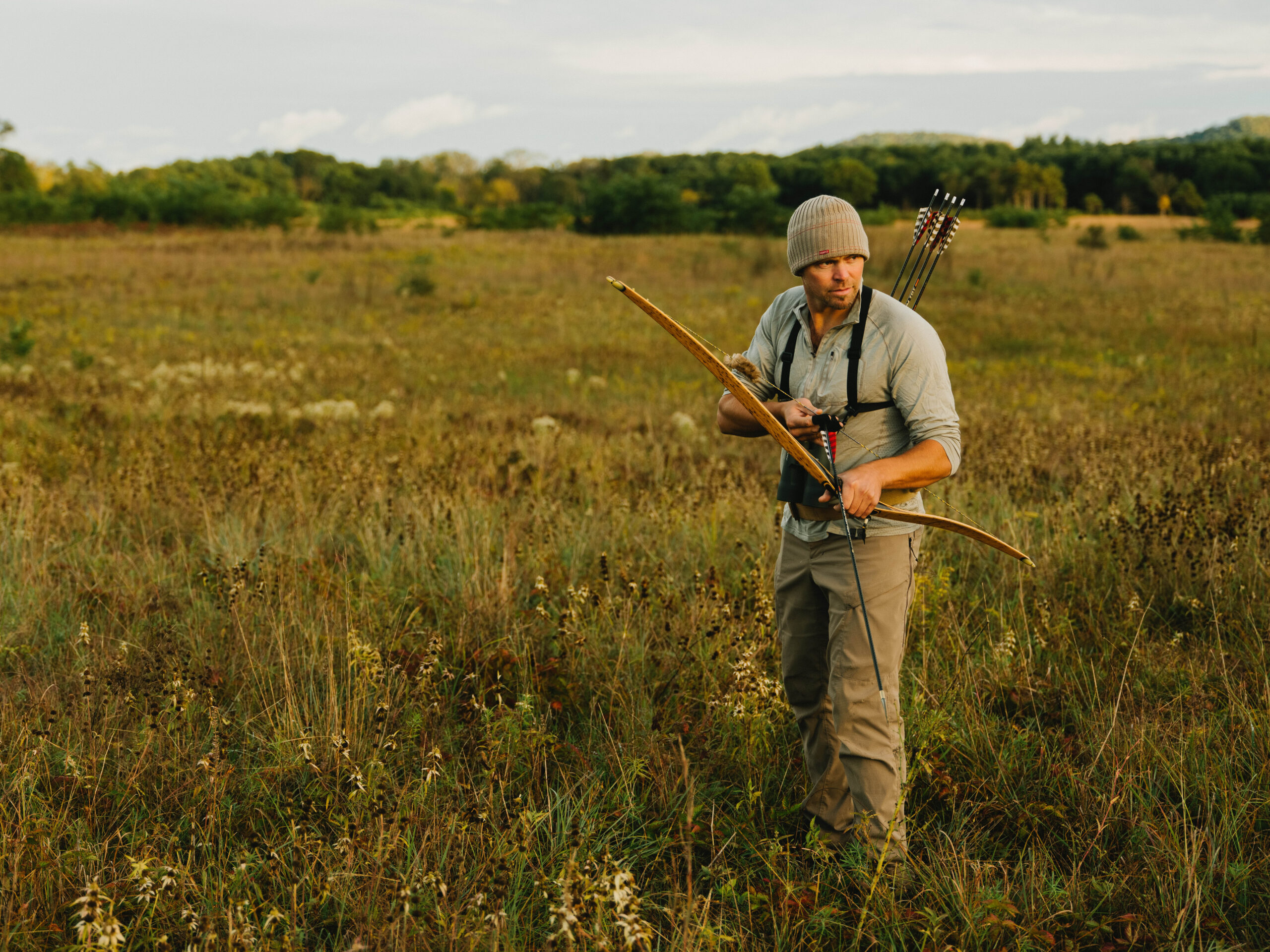
New Ground
There are three issues simultaneously adding pressure in whitetail country: new hunters trying their luck on public land; more traveling hunters hitting public lands in new states; and wealthy private-land hunters snapping up more of the best private ground that’s required to consistently hunt mature bucks (which displaces other deer hunters). Any one of these issues can be exacerbated by more media coverage and promotion.
“After all these years of keeping my area [in Kansas] quiet, word finally got out,” Scheffler says. “I could tell something was off last year because I was just meeting people on the road and in gas stations [who recognized me]. And I was driving a piece-of-crap van that had never been in any videos, and people were still picking me out. It’s turning into a zoo out there, which has made hunting that prairie ground much more difficult.”
The numbers prove what Scheffler is seeing in the field. In Kansas, nonresident hunters must apply for a deer tag. Before 2015 (coincidentally, the year Scheffler killed his giant Kansas buck, which was featured on the cover of North American Whitetail), the state always had more available nonresident tags than applicants. But by 2019 and 2020, the state was issuing all its nonresident tags (about 22,000), with about 2,200 unlucky nonresidents not drawing. For the 2021 season, there was a 21 percent increase in applications, meaning that 7,900 folks hoping to hunt in Kansas were turned away—at least until next year.
Scheffler won’t be hunting Kansas this season, and he’s okay with that. In fact, he likes the idea of more people hunting from the ground. He just wants that hunting pressure to be widely distributed.
“I don’t have any regrets about the videos,” Scheffler says. “I’m not concerned with people adopting this style. I want every-one to go out there and be successful. I just want people to figure out [where to go] on their own.”
Scheffler is cagey about where he’s taking Whitetail Adrenaline next, but he says he’s planning to come back East to target states with underrated public lands and try hunting mature bucks in woods. And no, he won’t be hunting them out of a treestand.
This story originally ran in the Deer issue of Outdoor Life. Read more OL+ stories.
